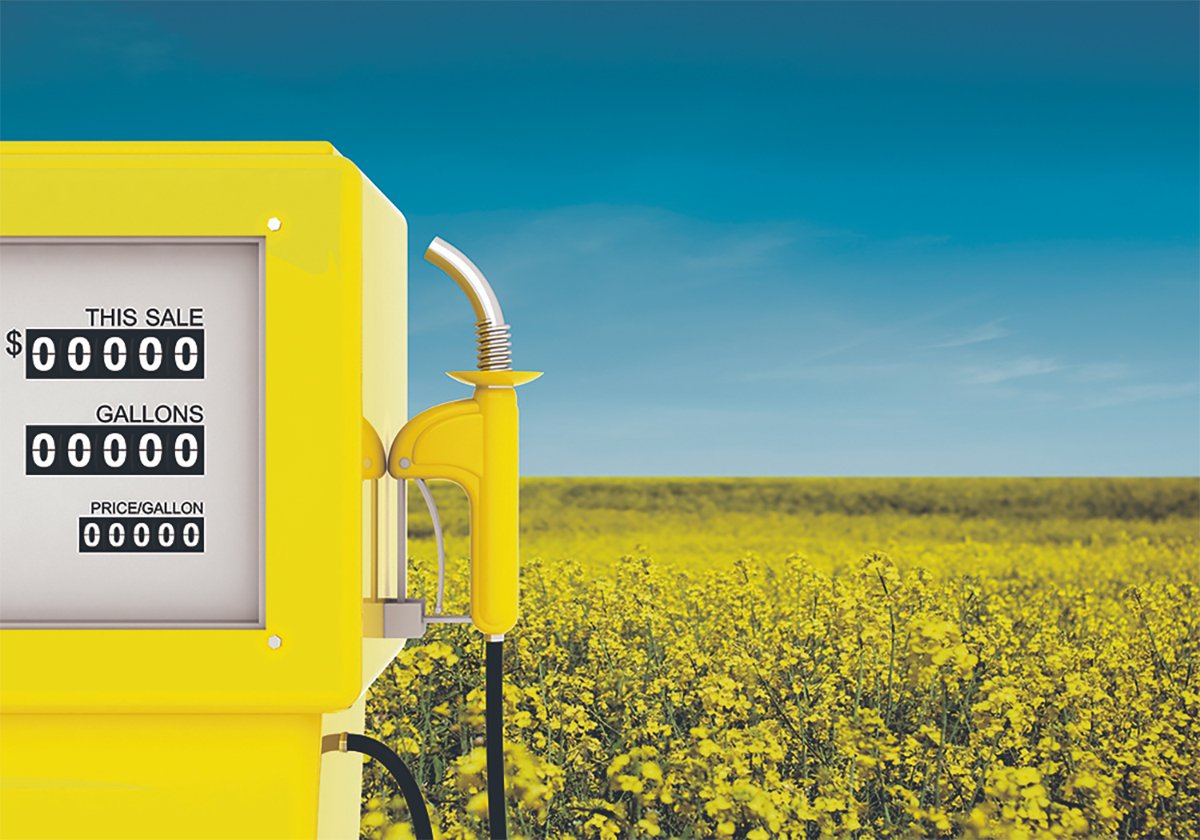ELM CREEK, Man. – Rain and deep mud kept more than 100 visitors from around the world inside Myron Pedersen’s machine shed instead of out in the fields.
“How are the crops?” asked one visitor, summing up the key concern of most of the people on the Canadian Special Crops Association convention’s bus tour.
“I think they’ll be OK,” said Pedersen. “There will be some damage because of (excess) moisture, but I think the potential for a crop is still there.”
Manitoba Pulse Growers president Todd Stewart pointed out that the spotty condition of Pedersen’s crops was typical across Manitoba’s pulse zone, even if problems elsewhere on the Prairies are different.
Read Also

Biofuel sector happy with federal budget
Advanced Biofuels Canada says new Biofuel Production Incentive is a lifeline until CFR amendments are in place.
“It’s from one extreme to another in Manitoba. It’s not something you can paint with a broad brush,” said Stewart.
“We have little pockets of micro-climates that really affect things positively or negatively.”
Pedersen described some of his short crops in the sodden fields looking like “a four year old in an Olympic-sized swimming pool.”
More than 300 attendees from 24 countries attended the convention, the organization’s biggest ever.
Canada is the world’s dominant exporter of many special crops, so international buyers are keenly interested in prairie conditions, especially in light of the wild crop market volatility of the past year and current high prices for lentils.
But analysts at the production outlook session did little to give international buyers certainty about the size or quality of the coming Canadian crop.
The cold growing conditions, drought in the western Prairies, excessive moisture in eastern Manitoba and late seeding in many areas mean that everything depends on sufficient heat for the rest of the summer and no early frost.
“To us, the lateness, the delays in the crop, are the main concern,” said Chuck Penner of Informa Economics.
“The big concern is when are we going to have a frost? … Really, we need to get to about the middle of September without a frost to really bring the crop through to its full potential.”
Lawrence Yakielashek of Alfred C. Toepfer Canada agreed with Penner’s assessment. More than two thirds of the prairie crop is 10 days to two weeks behind average development.
“Obviously a frost would be a disaster,” he said.
“We have a long period of time to go before (crops mature).”
Average first frost dates in Saskatchewan are Sept. 11 for Regina and Sept. 7 for Melfort.
In Alberta, they are Sept. 8 for Lacombe and Sept. 11 for Olds.
Frosts tend to be correlated with full moons. Last year there wasn’t a full moon until Sept. 15. This year it will be Sept. 4.















